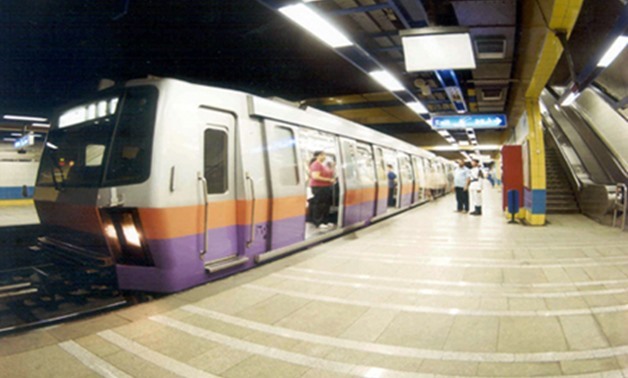
File:Second metro line via Wikimedia Commons
CAIRO – 27 February 2018: “Part of Ahmed Orabi Street will close in the direction coming from the Ahmed Orabi axis towards Sphinx Square in the Agouza district, at a distance of 300 meters, starting next Friday,” said Giza’s Governor Mohamed Kamal Eldaly on Tuesday.
This closure comes in order to complete Cairo’s third metro line, in coordination with the General Administration of Giza Traffic, Eldaly added.
The governor explained that, in recent days, officials have managed to raise the efficiency of the side streets parallel to Ahmed Orabi Street to be used as alternative streets for the traffic.
However, on December 24, 2017, sources in Giza governorate said that Sudan Street in Giza will be closed for three years to begin the implementation of the fourth phase of Cairo’s third metro line, which includes Sudan and Kit Kat stations.
Closure began on December 22 in both directions, and traffic was diverted in such a way as to prevent congestion. Traffic services will be set in the vicinity of business areas, the sources added.
The National Authority for Tunnels received an offer from French company Vinci to begin implementation of the fourth phase of Cairo’s third metro line, according to Tarek Jamal al-Din, chairman of the National Authority for Tunnels.
The fourth phase of the new metro line will be 6.65 km long, will be comprised of five underground stations and will extend from Heliopolis to Cairo Airport. Cairo’s third metro line will be a total of 48 km in length after the expansion, making it the longest metro line in the Middle East.
Meanwhile, the third line will eventually extend from the northwest of the Greater Cairo area at Imbaba to the northeast, serving Cairo International Airport. It will also cross the River Nile twice at the western branch between Kit Kat Square and Zamalek, and the eastern branch between Zamalek and downtown Cairo.
The line will use trains manufactured in Japan by Kinki Sharyo Co. and Toshiba Corp.
Comments
Leave a Comment